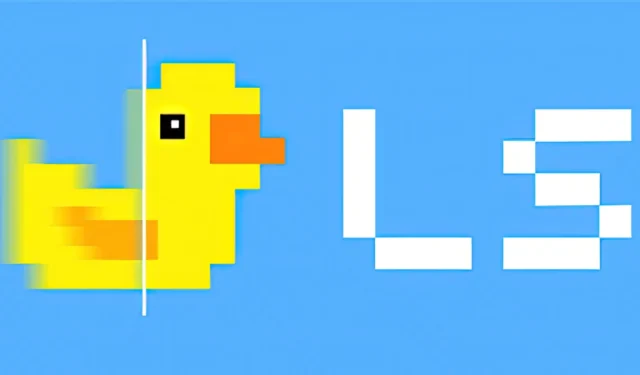Latest Feature of Lossless Scaling: Adaptive Frame Generation

Lossless Scaling Introduces Adaptive Frame Generation in Latest Update
This week, the software Lossless Scaling received a notable update, incorporating a new feature called Adaptive Frame Generation. Earlier this year, Lossless Scaling gained attention for launching a universal frame generation capability that was compatible with virtually all GPU and PC games. The developers have steadily enhanced this functionality, introducing additional frame generation modes, X3 and X4, alongside the significant improvements brought by the beta version 3.0, which focused on reducing latency and minimizing visual artifacts.
Dynamic Frame Rate Adjustment
With the introduction of beta version 3.1, users can now opt for Adaptive Frame Generation, which dynamically adjusts fractional multipliers. This allows gamers to achieve a consistent frame rate that aligns with their preferences, irrespective of the game’s original frame rate. The developers assert that this new approach results in smoother gameplay compared to traditional fixed multiplier modes. This is particularly advantageous for games capped—either deliberately or inadvertently—at frame rates that do not align with integer multiples of the screen’s refresh rate (such as 60 Hz to 144 or 165 Hz), as well as for titles that do not have a framerate cap.
Potential Drawbacks
However, the enhancement comes with caveats. The Adaptive Frame Generation mode tends to produce the majority of displayed frames, leading to higher GPU utilization. This may result in a slight decline in image quality when juxtaposed with fixed multiplier frame generation. Furthermore, the latency could experience a marginal increase, which is evident in comparative analyses.
Adjustments to the Capture Engine
Significant modifications have been made to the capture engine to accommodate Adaptive Frame Generation. Notably, GDI capture mode is no longer available, and WGC capture will default to DXGI on versions of Windows prior to 11 24H2, eliminating WGC capture support for those users.
New Queue Target Options Explained
Users will notice the introduction of a ‘New Queue Target’ option, which includes the following recommendations:
- 0 – Unbuffered Capture: Uses the last captured frame for minimal latency; however, performance may be compromised under high GPU loads or uncapped base frame rates.
- 1 – Default Buffered Capture: Employs a target frame queue of 1, ensuring low latency while effectively managing fluctuations in capture performance.
- 2 – Buffered Capture with 2-Frame Queue: Ideally suited for scenarios involving an uncapped or unstable base frame rate combined with high GPU load; may introduce additional latency. This option is also recommended for frame generation multipliers below 2.
Frame Generation Limits and User Feedback
To optimize performance, Lossless Scaling will deactivate frame generation if the base frame rate drops below 10 FPS, thereby reducing visual artifacts during loading screens and alleviating unnecessary GPU strain while utilizing Adaptive Frame Generation.
Watch the demonstration here
User feedback so far suggests that Adaptive Frame Generation achieves improved frame pacing when compared to the fixed multiplier method. While it may not reach the performance levels of NVIDIA DLSS 4 or AMD FSR 4, the advancements made by Lossless Scaling’s developers—without depending on specific hardware—are commendable.
Source & Images
Related Articles:
Borderlands 4: Key Details and Updates on the Next Installation of the Iconic Looter Shooter
13:07July 13, 2025Nintendo Acknowledges Frame Rate Issues in Donkey Kong Bananza
8:32July 13, 2025Weekend PC Game Deals: Final Fantasy at Low Prices, Bundled Borderlands Offers, and Free Strategy Games
9:56July 12, 2025Electronic Arts May Have Paused the Need for Speed Franchise
9:32July 12, 2025iPhone 17 to Include ‘High-Density’ Battery for Enhanced Battery Life and Apple’s C1 Modem for Better Performance
M3 iPad Air Delivers Lightning-Fast Performance with 20% Higher Multi-Core Benchmark Score Compared to M2 Chip
Leave a Reply Cancel reply
Your email address will not be published. Required fields are marked *













